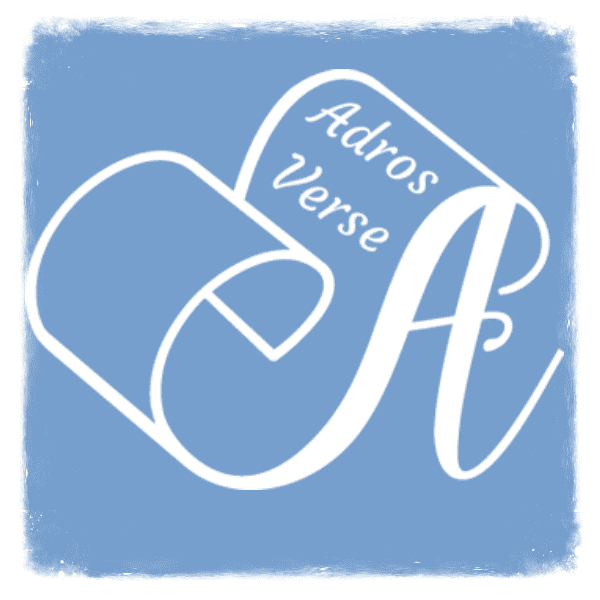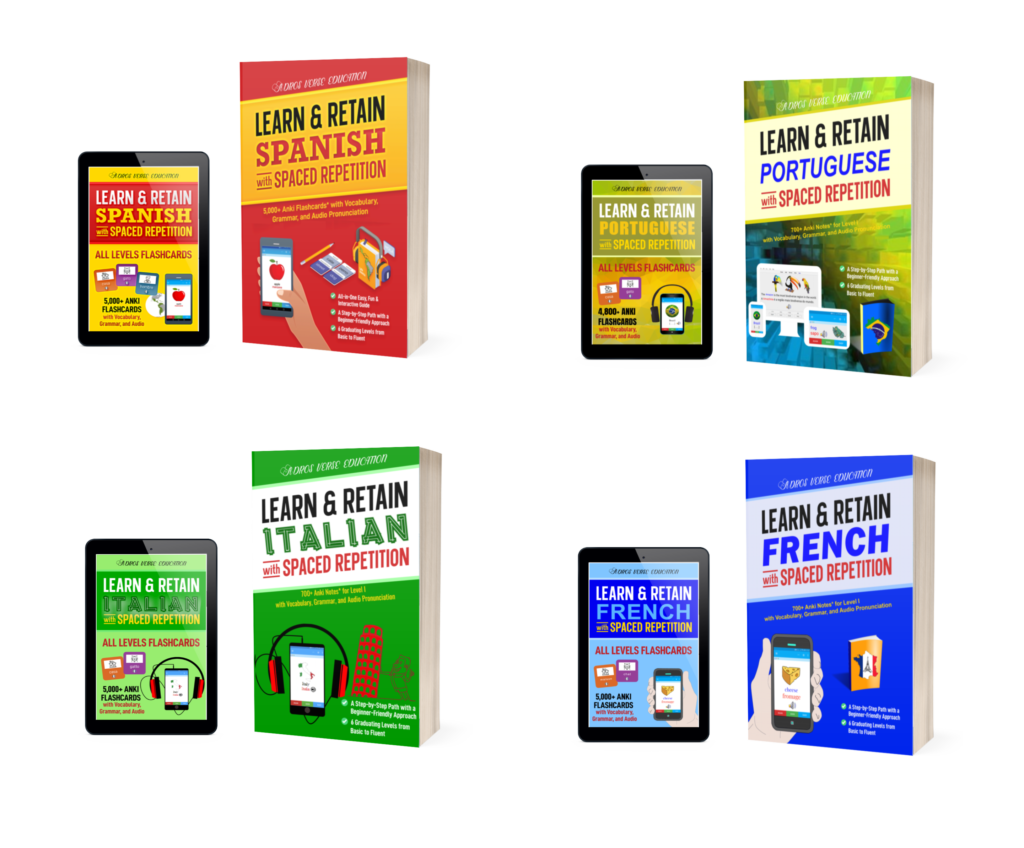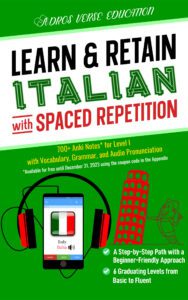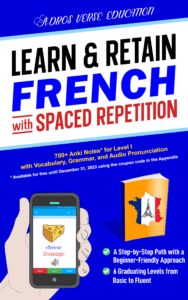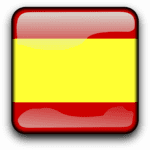In Arabic, a single definite article is used for all genders and numbers. The definite article in Arabic is الـ (al), which is equivalent to the definite article “the” in English. There is no indefinite article in Arabic.
Indefinite Nouns vs. Definite Nouns
Nouns preceded by the definite article الـ (al) in Arabic are called definite nouns, whereas nouns not preceded by the definite article are called indefinite nouns. Below are some examples:
| Indefinite Nouns | Definite Nouns | ||
| book | كِـتـاب (kitāb) | the book | الـكِـتـاب (al-kitāb) |
| mosque | مَـسْـجِـد (masjid) | the mosque | الـمَـسْـجِـد (al-masjid) |
| moon | قَـمَـر (qamar) | the moon | الـقَـمَـر (al-qamar) |
The definite article الـ (al) always begins with a هَـمْـزَة وَصْـل (hamzat waṣl) ‘connecting hamzah,’ which is written without a ء (hamzah), i.e., ا (a). This means that the ا (a) in الـ (al) is not pronounced in flowing speech. Instead, the sound is elided, connecting the لـ (l) in الـ (al) directly to the preceding vowel. Here are two examples:
| الْـقَـلَــمُ وَ الْـكِـتاب al-qalamu wa-l-kitāb the pen and the book | شَـكْـلُ الْـقَمَـر shaklu –l-qamar the shape of the moon |
Sun Letters vs. Moon Letters
In Arabic, the word for “sun” is شَـمْـس (shams), and the word for “moon” is قَـمَـر (qamar). When we add the definite article الـ (al) ‘the,’ we expect to write الـشَـمْـس (al-shams) and الـقَـمَـر (al-qamar). However, while الـقَـمَـر is written as expected and pronounced /al-qamar/, الـشَّـمْـس is written with a شَــدَّة (shaddah) on the ـشَّـ (sh) and pronounced /ash–shams/. This means that the لـ (l) in the الـ (al) is written but not pronounced, and the following letter is stressed in pronunciation due to the شَــدَّة (shaddah). Thus, we classify the letter ش (shīn) ‘sh’ as a sun letter and the letter ق (qāf) ‘q’ as a moon letter, based on how the two words شَـمْـس (shams) and قَـمَـر (qamar) are pronounced differently when the definite article is added.
Another meaningful name of sun letters is ‘assimilating letters,’ whereas moon letters can be called ‘non-assimilating letters.’
All Arabic consonants are classified as either sun (assimilating) or moon (non-assimilating) letters, meaning they behave either like the word شَـمْـس (shams) ‘sun’ or قَـمَـر (qamar) ‘moon’ when preceded by the definite article. There are 14 sun letters and 14 moon letters in the Arabic language.

Here are some examples:
| AR | Romanized | EN | Starts with sun/moon letter |
| الـبَـقَـرَة | al-baqarah | the cow | ب (b) is a moon letter |
| الـتِّـمـساح | at-timsāḥ | the crocodile | ت (t) is a sun letter |
| الـكِـتـاب | al-kitāb | the book | ك (k) is a moon letter |
| الـطَّـريـق | aṭ-ṭarīq | the road | ط (ṭ) is a sun letter |
| الـعُـمْـر | al-‘umr | the age | ع (‘) is a moon letter |
| الـنَّـوْم | an-nawm | the sleep | ن (n) is a sun letter |
Let us consider further examples using country names. Some country names are preceded by the definite article الـ (al), whereas others are not.
Below are some examples of countries that are preceded by the definite article. Some of them start with a sun letter, whereas others start with a moon letter. Notice the difference in pronunciation.
| AR | Romanized | EN | Sun/Moon letter |
| الْأَرْجَـنْـتـيـن | al-’arjantīn | Argentina | ا (’) is a moon letter |
| الْأرْدُن | al-’urdun | Jordan | ا (’) is a moon letter |
| الْبَـحْـرَيْـن | al-baḥrayn | Bahrain | ب (b) is a moon letter |
| الْـبَـرازيـل | al-barāzīl | Brazil | ب (b) is a moon letter |
| الْـبـيــرو | al-bīrū | Peru | ب (b) is a moon letter |
| الْـجَـزائِـر | al-jazā’ir | Algeria | ج (j) is a moon letter |
| الـدِّنْـمـارْك | ad-dinmārk | Denmark | د (d) is a sun letter |
| الـسّـودان | as-sūdān | Sudan | س (s) is a sun letter |
| الـسَّــنِـغـال | as–sanighāl | Senegal | س (s) is a sun letter |
| الـصّـومال | aṣ-ṣūmāl | Somalia | ص (ṣ) is a sun letter |
| الـصّـين | aṣ-ṣīn | China | ص (ṣ) is a sun letter |
| الْـعِــراق | al-‘irāq | Iraq | ع (‘) is a moon letter |
| الْـكُـوَيْـت | al-kuwayt | Kuwait | ك (k) is a moon letter |
| الْـمَـغْـرِب | al-maghrib | Morocco | م (m) is a moon letter |
| الْـمِـكْـسـيـك | al-miksīk | Mexico | م (m) is a moon letter |
| الْـهِـنْــد | al-hind | India | ه (h) is a moon letter |
| الْــوِلايــات الْــمُــتَّــحِــدَة | al-wilāyāt al-muttaḥidah | United States | و (w) is a moon letter |
| الْـيـابـان | al-yābān | Japan | ي (y) is a moon letter |
| الْـيَـمَــن | al-yaman | Yemen | ي (y) is a moon letter |
| الْـيـونــان | al-yūnān | Greece | ي (y) is a moon letter |
Note that Standard Arabic does not have a “p” sound. As a result, the letter ب (b) is used to approximate the “p” sound in البيرو (al-bīrū) ‘Peru.’ Similarly, while the “g” sound in “Senegal” is found in many Arabic dialects, it is absent in Standard Arabic and is typically represented by the letter غ (ghayn) ‘gh.’
Uses of the Definite Article in Arabic versus English
There are cases in which Arabic uses the definite article when in English, it would be omitted, such as:
- Abstract concepts or speaking in a general sense, for example:
| .الْـعِـلْـمُ مُـفـيـد al-‘ilmu mufīd. Science is useful. | .الْـحَـيَـوانـاتُ ذَكِـيَّـة al-ḥayawānātu dhakiyyah. Animals are intelligent. |
- Languages and nationalities, for example:
| هَـلْ تَـتَـكَـلَّـمُ الْـفَــرَنْـسِـيَّـة؟ hal tatakallamu –l-faransiyyah? Do you speak French? | .الْـكَـنَـدِيّـونَ يُـسافِـرونَ كَـثـيـراً al-kanadiyyūna yusāfirūna kathīran. Canadians travel a lot. |
- Days of the week, for example:
| .وَصَـلْــتُ الاثْـنَـيْـن waṣaltu –l-ithnayn. I arrived on Monday. | .أَذْهَـبُ إِلـى الْـمَـسْـبَـحِ الْـخَـمـيـس ’adhhabu ’ilā -l-masbaḥi –l-khamīs. I go to the swimming pool on Thursday. |
- Telling time, for example:
| .إِنَّـهـا الـسّـاعَــةُ الــثّــانِــيَــة ’innahā -s-sā‘atu –th-thāniyah. It is two o’clock. | .سَـنَـلْـتَـقـي عِـنْـدَ الـسّـاعَـةِ الْــواحِـدَة sa-naltaqī ‘inda -s-sā‘ati –l-wāḥidah. We will meet at one o’clock. |
- Before a personal title, for example:
| .الـدُّكْــتــور أَحْــمَــد لَــيْــسَ هُــنــا ad-duktūr ’aḥmad laysa hunā. Dr. Ahmad is not here. | .أُريـدُ أَنْ أُكَـلِّـمَ الـسَّـيِّـد خـالِـد ’urīdu ’an ’ukallima –s-sayyid khālid. I want to speak to Mr. Khaled. |
This rule does not apply when addressing the person directly. For example:
| دُكْــتــور أَحْــمَــد، هَـلْ تَـسْـمَـعُـنـي؟ duktūr ’aḥmad, hal tasma‘unī? Dr. Ahmad, do you hear me? | .سَـيِّـدَ خـالِـد، أُريـدُ أَنْ أُكَـلِّـمَـك sayyid khālid, ’urīdu ’an ’ukallimak. Mr. Khaled, I want to speak to you. |
- Before each noun in the case of multiple nouns, for example:
| الْأَبُ وَالْأُمُّ al-’abu wa-l-’umm(u) the father and mother | الْـقِـطَـطُ وَالْـكِـلابُ al-qiṭaṭu wa-l-kilāb(u) the cats and dogs |
Next: Double Vowel Ending – تَـنْويـن (Tanwīn)
Back to: Syllable Stress in Arabic
Other lessons in Level II:
